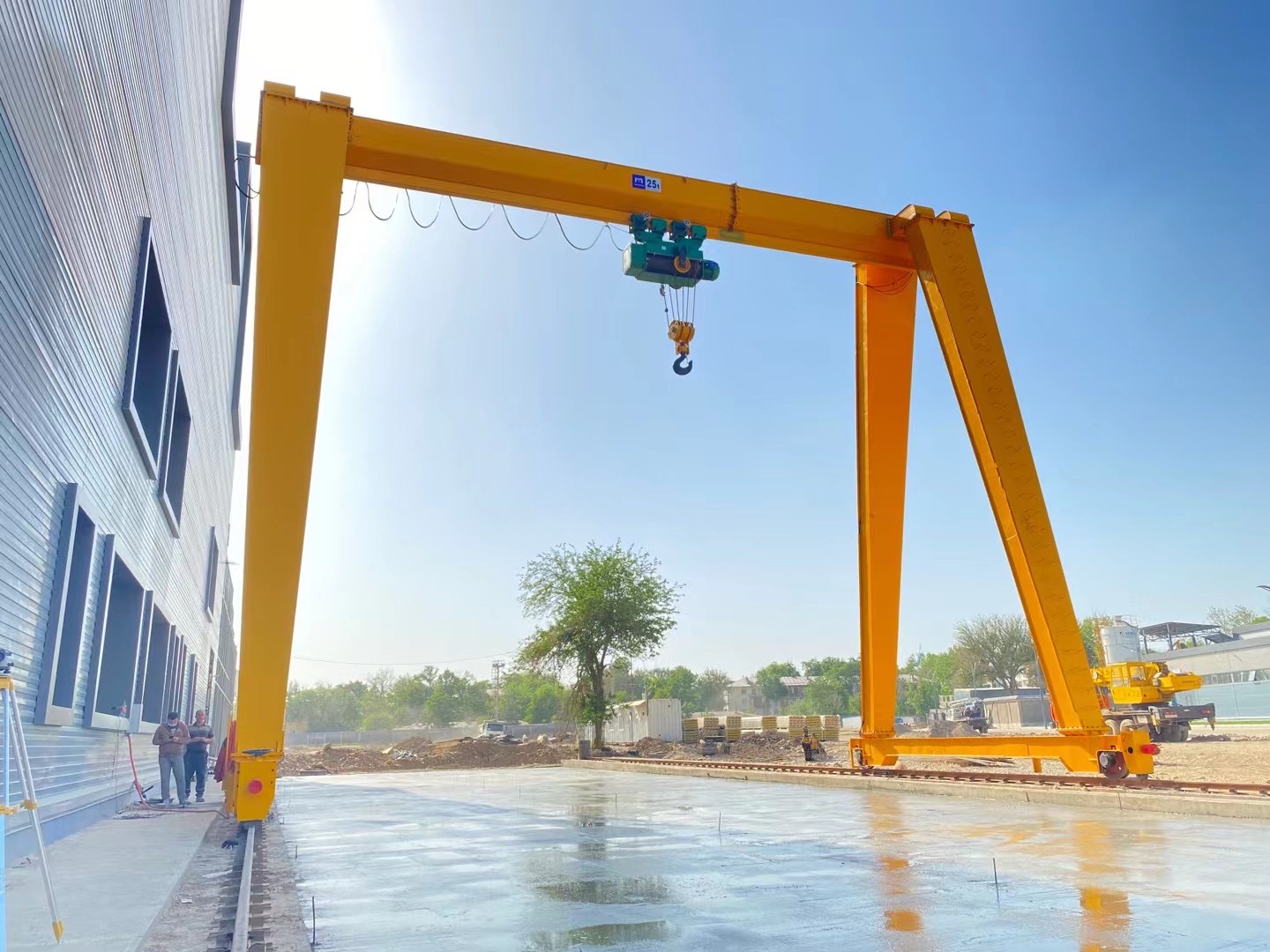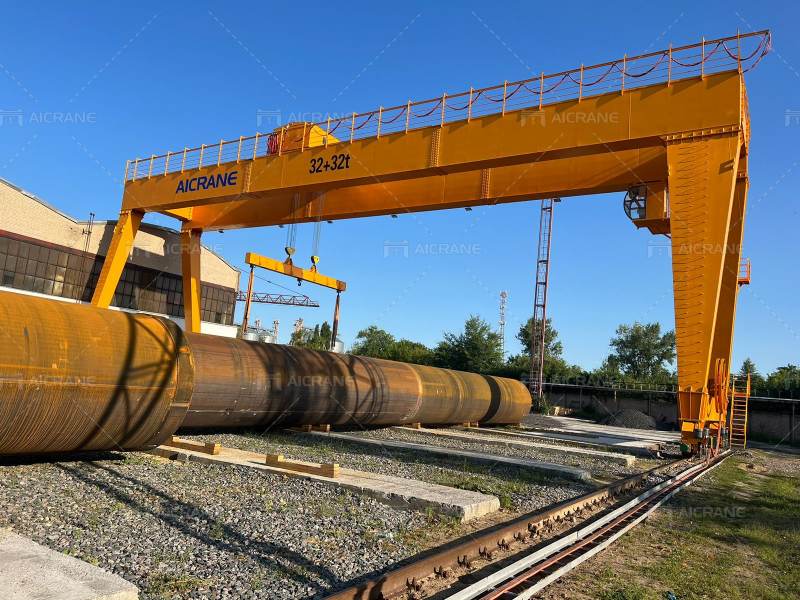In the dynamic world of industrial manufacturing and construction, the role of gantry crane systems continues to evolve with advancements that promise greater efficiency, safety, and precision. Gantry cranes, known for their robust lifting capabilities and versatility, are essential in various industries, from shipbuilding and aerospace to manufacturing and logistics. This article explores the latest innovations in industrial gantry crane systems and their impact on shaping the future of heavy lifting operations.
Evolution of Gantry Crane Technology
Gantry cranes have come a long way since their inception, transitioning from traditional designs to highly sophisticated systems equipped with advanced technologies. Early gantry cranes were primarily manually operated, relying on basic mechanical principles for lifting heavy loads. Over time, electric-powered and hydraulic gantry cranes emerged, providing enhanced control and efficiency.
Today, modern gantry crane systems are equipped with state-of-the-art features such as computerized controls, wireless communication, and precision sensors. These technological advancements have revolutionized how industrial gantry cranes operate, offering increased automation, remote monitoring capabilities, and improved safety measures.

Key Advancements
One of the key advancements driving the evolution of gantry crane systems is automation. Automated gantry cranes are equipped with programmable logic controllers (PLCs) and sensors that enable autonomous operation for specific tasks. This automation not only enhances productivity but also reduces the risk of human error and improves overall safety in industrial settings.
Furthermore, the integration of IoT (Internet of Things) technology has transformed gantry cranes into interconnected systems capable of real-time data exchange. IoT-enabled gantry cranes can collect and analyze operational data, allowing for predictive maintenance and optimizing performance based on usage patterns. This data-driven approach minimizes downtime and extends the lifespan of crane components.
Another significant advancement is the use of advanced materials in gantry crane construction. Modern gantry cranes utilize lightweight yet durable materials such as high-strength steel alloys and composites, which improve load-bearing capacity without compromising structural integrity. This allows for the design of more efficient and cost-effective crane systems that can handle heavier loads while reducing energy consumption.
Safety and Ergonomics
In addition to performance enhancements, recent innovations in gantry crane technology prioritize safety and ergonomics. Advanced safety features such as collision avoidance systems, proximity sensors, and load monitoring devices help prevent accidents and protect both personnel and equipment. These safety measures are particularly crucial in busy industrial environments where multiple cranes and workers operate simultaneously.
Ergonomic improvements focus on operator comfort and efficiency. Modern gantry cranes are designed with ergonomic cabins equipped with adjustable controls and ergonomic seating, reducing operator fatigue during extended shifts. This ergonomic design not only improves productivity but also contributes to a safer and more comfortable working environment. Both single girder and double girder gantry crane can be use for different applications and for suiting various needs.

Environmental Considerations
The latest advancements in gantry crane technology also address environmental concerns by incorporating energy-efficient components and sustainable practices. Electric-powered gantry cranes powered by renewable energy sources such as solar or wind energy reduce reliance on fossil fuels and minimize carbon emissions. Additionally, regenerative braking systems capture and reuse energy during crane operations, further enhancing energy efficiency.
Future Outlook
Looking ahead, the future of industrial gantry crane systems will continue to be shaped by innovation and technological integration. Emerging technologies such as artificial intelligence (AI) and machine learning are expected to play a more prominent role in optimizing crane operations, enabling predictive maintenance and autonomous decision-making.
Furthermore, the growing demand for smart factories and interconnected supply chains will drive the development of gantry cranes that seamlessly integrate with other automated systems. This interconnectedness will enhance overall operational efficiency and responsiveness, supporting the evolving needs of modern industries.
In conclusion, advancements in industrial gantry crane systems represent a transformative shift in heavy lifting technology, offering enhanced capabilities, improved safety, and sustainability. As industries embrace digitalization and automation, gantry cranes are poised to play a pivotal role in driving efficiency and productivity in manufacturing and construction sectors, paving the way for a more innovative and sustainable future.